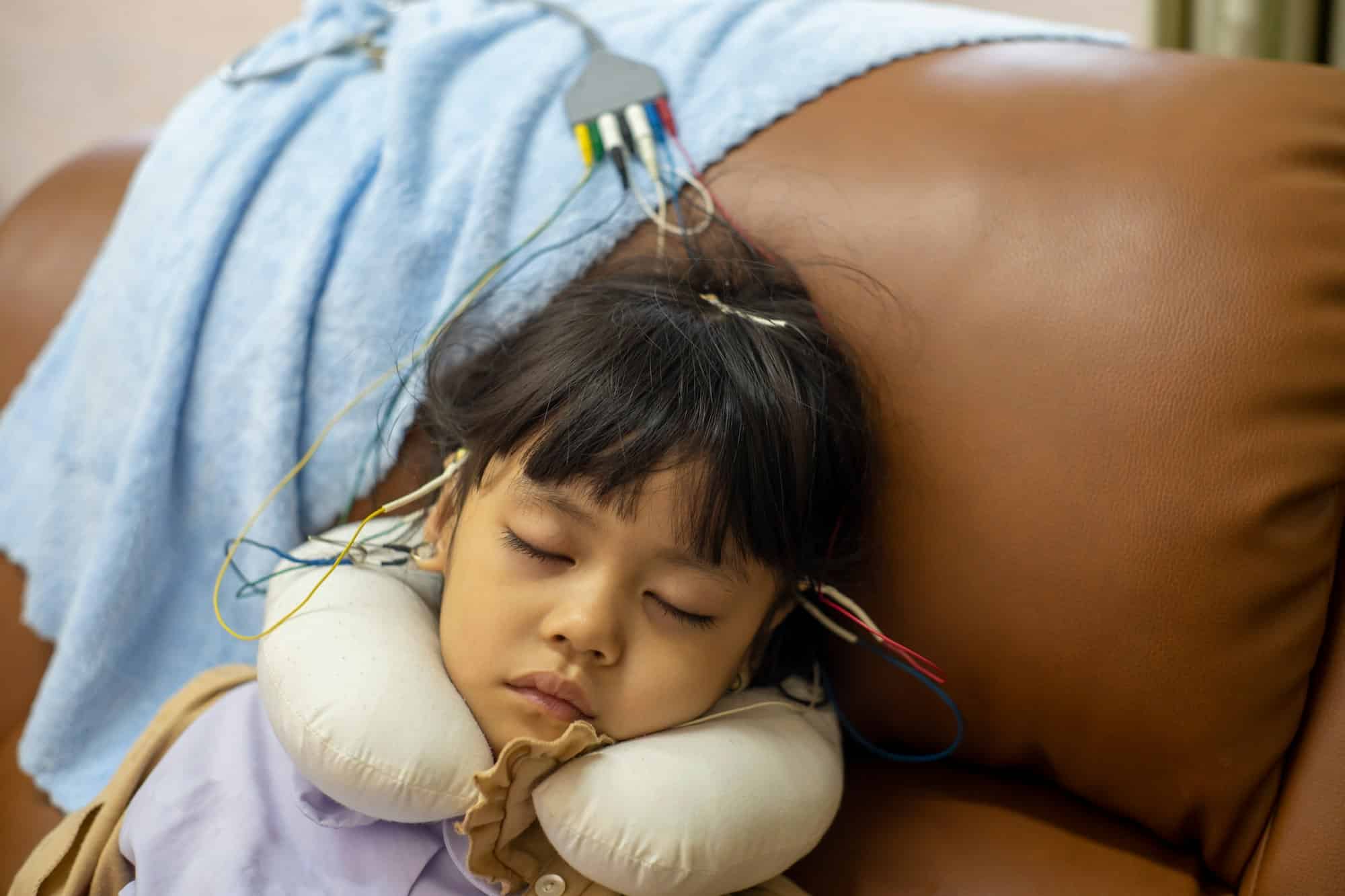In today’s technologically advanced society, the field of neurology is also experiencing tremendous advancements. One of those advancements is the neurofeedback. This therapy is a non-invasive type of brain training that provides instantaneous information about your brain activity. It’s a promising treatment for a variety of disorders, one of them being Attention Deficit Hyperactivity Disorder (ADHD). ADHD patients often struggle with inattention, impulsivity, and hyperactivity, which can significantly disrupt their daily lives. This article will delve into how personalized neurofeedback sessions can aid in enhancing focus and attention in ADHD patients.
Understanding ADHD and its Impact on Individuals
Before we probe into the therapy, it’s crucial to understand ADHD. ADHD is a cognitive disorder that mainly affects children and adolescents but can also persist into adulthood. Individuals with this disorder often grapple with attention, focus, and impulse control. They may also exhibit hyperactivity, restlessness, and difficulty in completing tasks.
A découvrir également : How Does Exposure to Urban Green Spaces Affect Mental Health in City Dwellers?
ADHD can significantly affect an individual’s daily life, interfering with their academic performance, social interactions, and even self-esteem. It’s also common for ADHD patients to have co-occurring mental health issues like anxiety and depression. The traditional forms of treatment for ADHD usually involve medication and behavioral therapy, but they may not always be effective for all individuals. This is where neurofeedback comes into play.
The Role of Neurofeedback in Treating ADHD
Neurofeedback, also known as EEG biofeedback, is a form of therapy that uses real-time displays of brain activity to self-regulate brain functions. In simple terms, it teaches the brain to learn from its own activity. This therapy is gaining popularity as a promising treatment for ADHD.
En parallèle : Can Regular Participation in Community Sports Reduce Social Anxiety?
Neurofeedback sessions involve placing sensors on the scalp to monitor brain waves while the individual engages in activities like video games or watching images on a screen. The premise is simple: reward desired brain activity and dissuade undesired activity.
Neurofeedback targets the erratic brainwaves seen in ADHD patients, teaching them to produce brain wave patterns that are associated with focus and attention. Over time, this can lead to improved cognitive performance and decreased ADHD symptoms.
Personalized Neurofeedback Sessions: A Promising Answer
Every individual’s brain is unique, and so is their ADHD. Therefore, a one-size-fits-all approach to treatment might not yield the best results. This is where personalized neurofeedback sessions come in.
In a personalized neurofeedback session, the treatment is tailored to the individual’s specific brain wave patterns and ADHD symptoms. The therapist will first conduct a quantitative electroencephalogram (QEEG) to map the individual’s unique brain wave patterns. Using this map, the therapist can identify irregular brain activity associated with ADHD symptoms and then design a personalized treatment plan.
Studies have shown that individuals who undergo personalized neurofeedback sessions experience significant improvements in attention, impulse control, and hyperactivity. They also reported improved academic performance and social skills.
The Long-lasting Impact of Neurofeedback on ADHD Patients
The beneficial effects of neurofeedback are not just short-lived. Many studies have shown that the benefits can persist long after the treatment has ended. This is because neurofeedback does not just suppress the symptoms of ADHD, it retrains the brain to maintain healthier patterns of activity.
One study found that children with ADHD who underwent neurofeedback treatment showed significant improvements in attention and impulse control up to six months after the treatment had ended. This means that neurofeedback could potentially offer long-term relief from ADHD symptoms, helping individuals better manage their disorder.
In conclusion, neurofeedback therapy, especially when personalized to each individual’s unique brain patterns, offers a promising alternative treatment for ADHD. It’s non-invasive, has minimal side effects, and can lead to long-lasting improvements in focus, attention, and impulse control. Moreover, as it empowers the brain to self-regulate and maintain healthier activity patterns, the benefits of neurofeedback can persist long after the treatment has concluded. Therefore, neurofeedback could potentially revolutionize the way we approach ADHD treatment, offering hope to countless individuals struggling with this disorder.
Reinforcing the Efficacy of Personalized Neurofeedback Training with Clinical Studies
Studies and clinical trials have been instrumental in validating the efficacy of neurofeedback therapy for ADHD treatment. They provide concrete evidence supporting the claim that neurofeedback training can significantly improve ADHD symptoms, making this therapy increasingly popular.
A 2014 study published in the Journal of Pediatrics, involving 104 children with ADHD, showed marked improvements in ADHD symptoms after neurofeedback treatment. The children attended 30 sessions of neurofeedback training over six months. The results indicated that children who received neurofeedback had improved attention and decreased impulsivity and hyperactivity. Importantly, these improvements were still observable six months after the conclusion of the therapy.
Another study published in the American Journal of Psychiatry in 2020 conducted a similar trial with adults diagnosed with ADHD. The study found that after undergoing neurofeedback treatment, the adults showed enhanced focus, improved attention, and lessened hyperactivity. They also reported better control over their impulses. It was noteworthy that the benefits of the treatment persisted for many months after the conclusion of the neurofeedback therapy.
These studies and others reinforce the effectiveness of neurofeedback training as a treatment for ADHD, highlighting its long-term benefits and minimal side effects. They also affirm the importance of a personalized approach, taking into account the individual’s unique brain wave patterns and ADHD symptoms.
Conclusion: Embracing the Future of ADHD Treatment
In the wake of the 21st century, we are witnessing a colossal shift in the way we approach cognitive disorders like ADHD. With advancements like neurofeedback therapy, we are moving away from a one-size-fits-all approach towards a more personalized and effective treatment plan.
Neurofeedback therapy, by teaching the brain to self-regulate its activity, has shown impressive results in alleviating ADHD symptoms in both children and adults. This non-invasive brain training method targets irregular brain wave patterns associated with ADHD symptoms and rewards optimal brain activity in real-time. The result is improved attention, reduced hyperactivity, and better impulse control.
What truly sets neurofeedback apart is its lasting impact. The benefits of this therapy don’t simply fade away after the treatment concludes. On the contrary, they continue to persist, providing long-term relief to individuals struggling with ADHD. This is because the therapy doesn’t merely mask the symptoms of ADHD, but it retrains the brain to function optimally.
The future of ADHD treatment looks promising with neurofeedback therapy. Its personalized approach, minimal side effects, and enduring results make it an ideal treatment option, offering hope to countless individuals grappling with this disorder. With ongoing research and technological advancements, neurofeedback therapy is set to transform the way we understand and manage ADHD.






